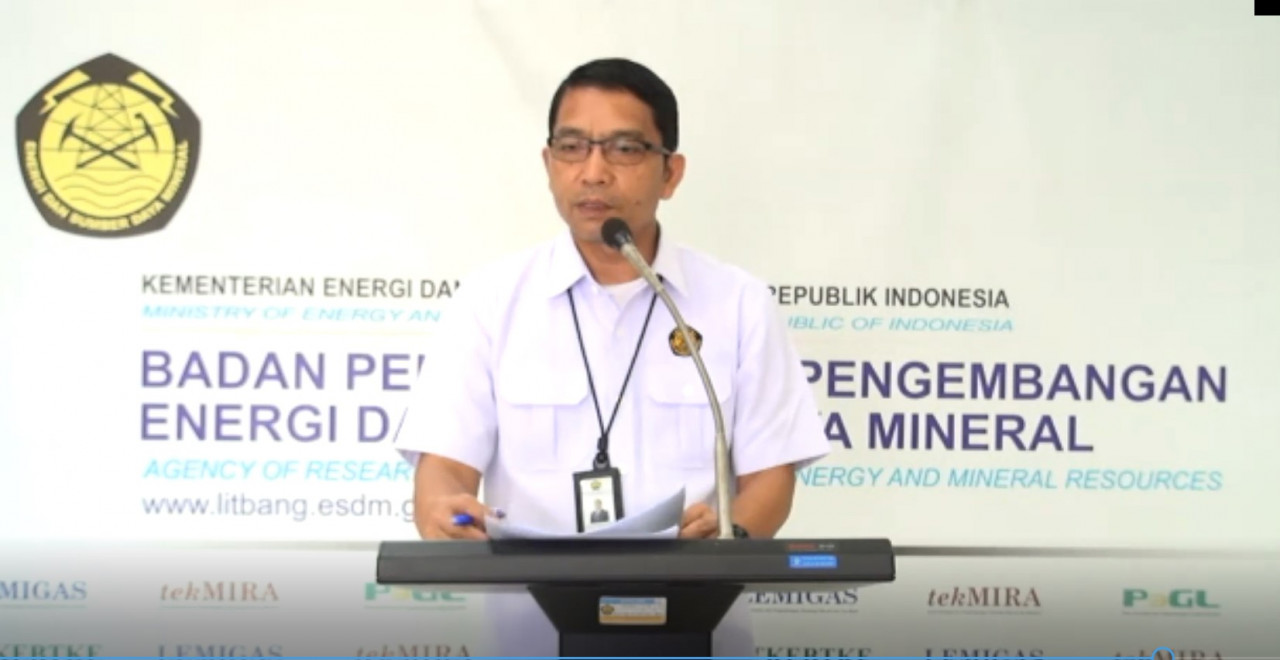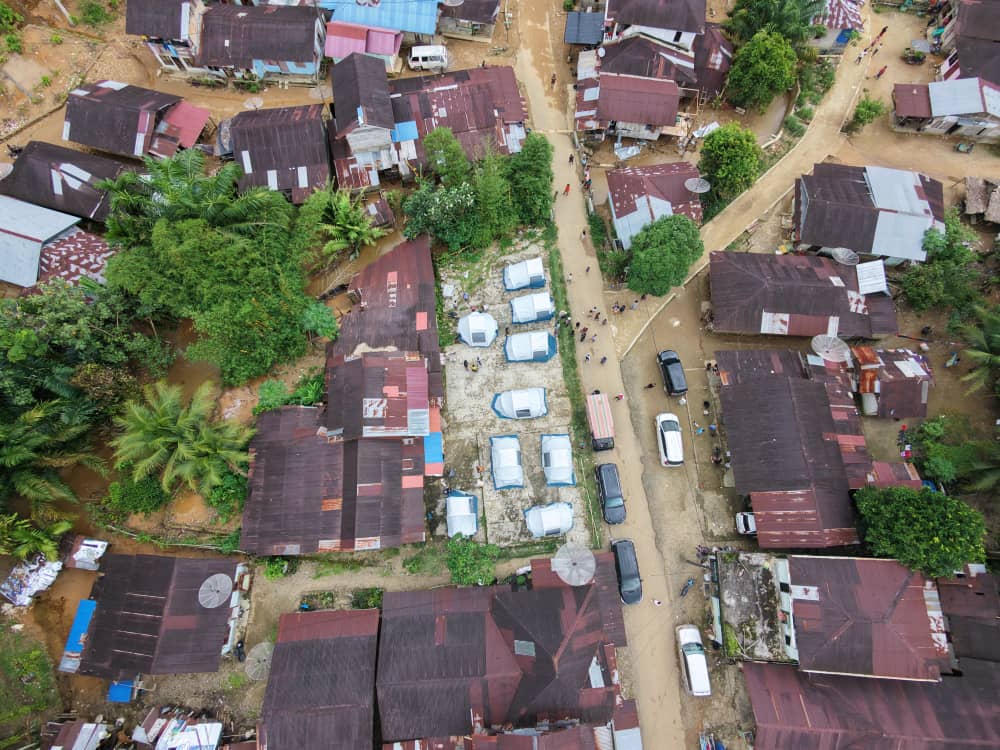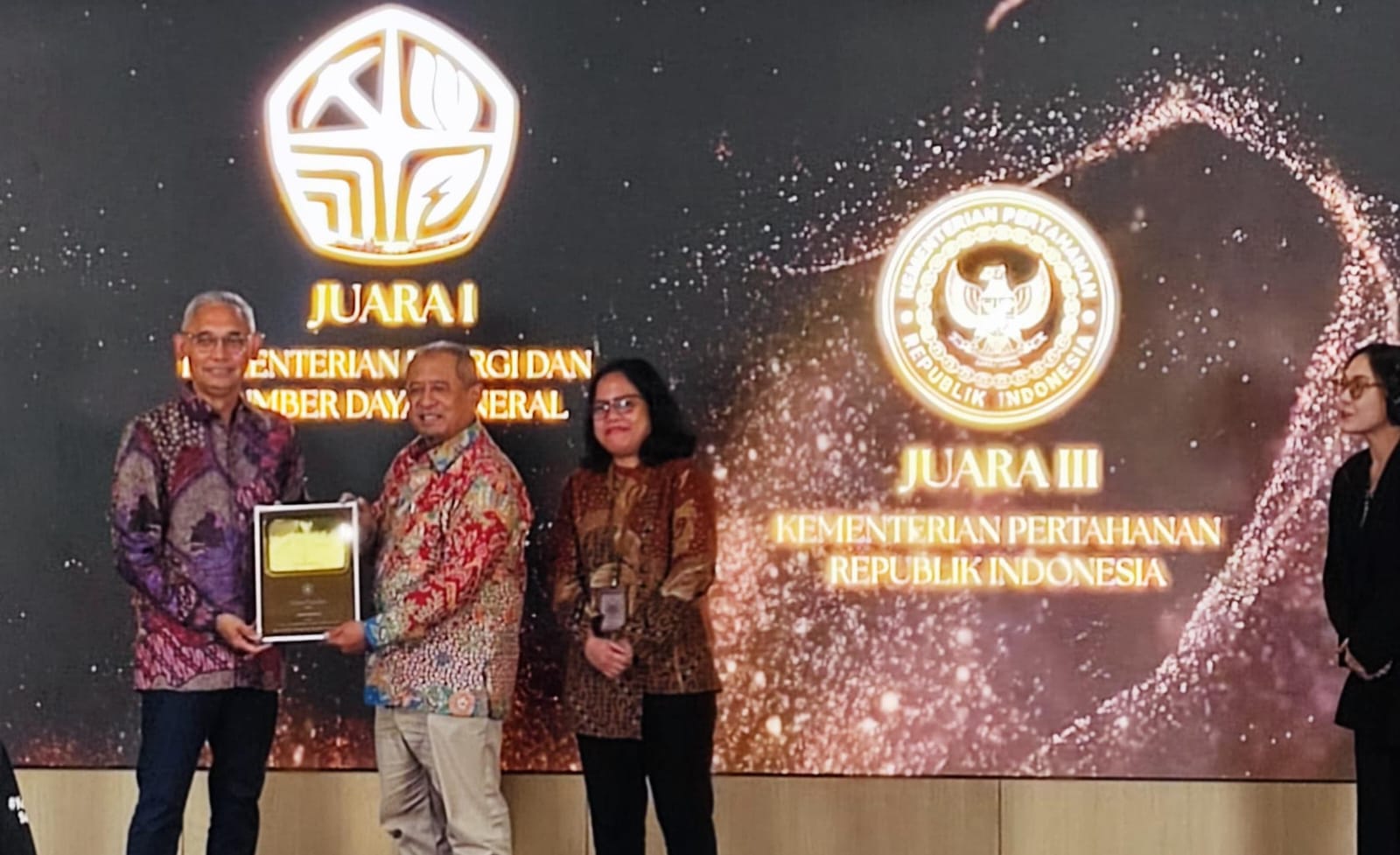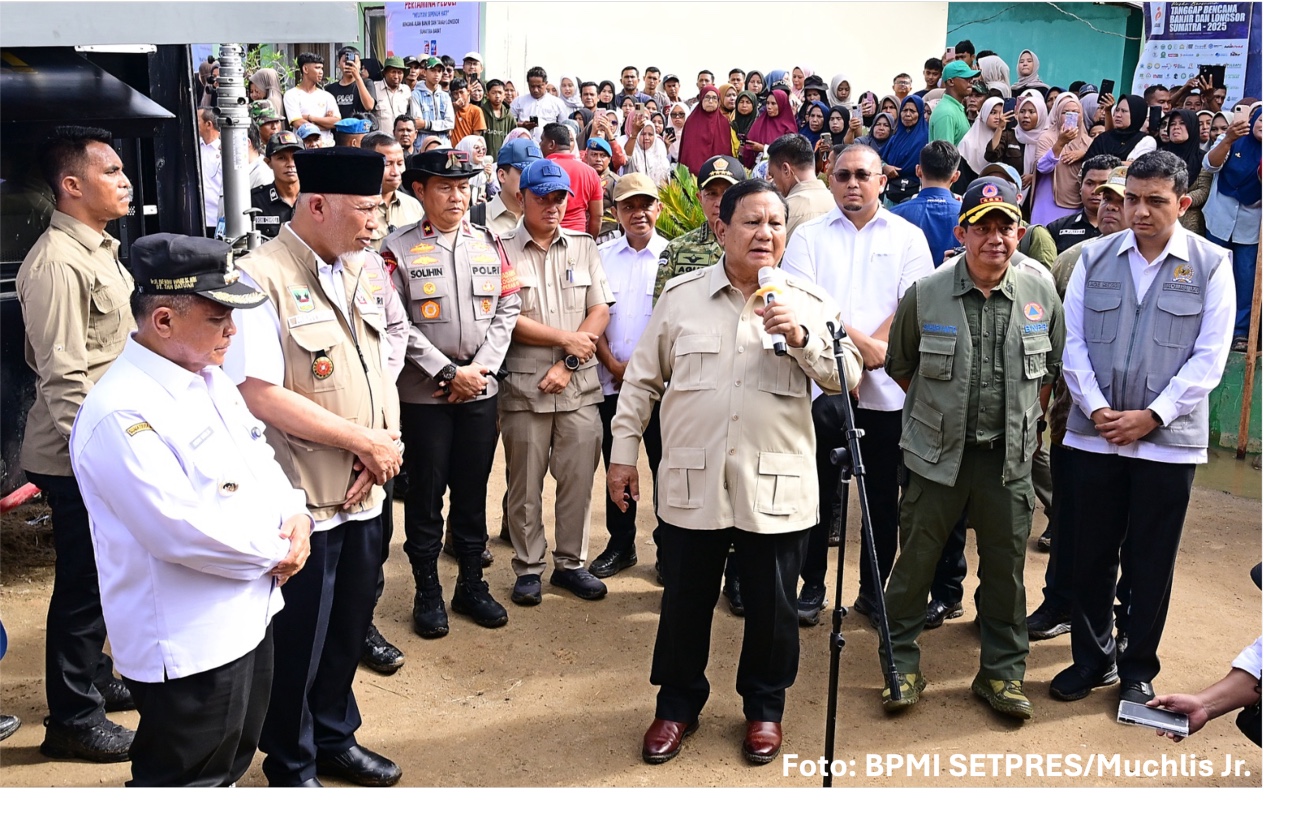
DME Project in Indonesia is in Progress
MINISTRY OF ENERGY AND MINERAL RESOURCES
REPUBLIC OF INDONESIA
PRESS RELEASE
NUMBER: 255.Pers/04/SJI/2020
DME Project in Indonesia is in Progress
Ministry of Energy and Mineral Resources (EMR) is working on ways to develop energy alternatives, among others, Dimethyl Ether (DME). In the future, DME can be used as an alternative to Liquefied Petroleum Gas (LPG) in meeting household energy need.
After the successful conversion of kerosene to LGP, demands for LPG, especially by households, have skyrocketed by 96 percent. This has brought about huge imports of LPG.
Head of EMR Research and Development Agency (Balitbang ESDM) Dadan Kusdiana said the issue of the balance supply and stock of LPG can be solved through the use of energy alternatives, such as Dimethyl Ether (DME).
"DME is especially projected to substitute LPG, which was initially used to substitute kerosene. About 75 percent of the LPG consumed in the country comes from import. If we rely on import, our energy security won't be strong," said Dadan in a press conference in Jakarta on Wednesday (22/7).
DME, continued Dadan, have chemical and physical characteristics similar to those of LPG. "Because of these similarities, we can use current LPG infrastructure such as cylinder, storage, and existing handling," Dadan said.
Another plus point of DME is that it can be produced from various sources of energy, including renewables. "Although we don't have any DME industry in Indonesia yet, we'll develop domestic technical supports, from both production side and usage side. We have a very strong reason to do this," said Dadan.
DME has a calorific value of 7,749 Kcal/Kg, while LPG's calorific value is 12,076 Kcal/Kg. However, DME has higher density so that the calorie ratio between DME and LPG is about 1:1.6. "This means that 1 liter of LPG equals 1.2 liters of DME," Dadan explained.
DME has been selected as an energy substitute because the government considers its environmental impact. DME can easily break down in the air so that it does not damage the ozone and minimizes greenhouse gases by up to 20 percent. "With LPG, we produce an emission total of 930 kg of CO2 per year, while if we use DME, total emission will drop to 745 kg of CO2. This is a very good point because it is in line with the global effort to curb greenhouse gas emissions," detailed Dadan.
Besides, DME produces more blue and stable flames, does not emit particulate matter (pm) and Nitrogen Oxides (NOx), nor does it contain sulfur. DME (CH3OCH3) is the simplest ether compound that contains oxygen in gas form so its combustion process is a lot faster than LPG's.
Dadan also hinted at the variety of potentials for DME raw material that can be sourced domestically. Besides from coal, DME can also be produced from natural gas, biomass, solid waste, and Coal Bed Methane (CBM). "We need to scale up the energy basis that we can source domestically. This way, we get the multiplier effects on a national level. We have the industry, we get the added value, and there is additional employment," Dadan concluded.
Ministry of EMR through Balitbang ESDM completed the application test of 100% DME use in Palembang City and Muara Enim Regency of South Sumatra Province in December 2019-January 2020. The test was carried out to 155 Household Heads (KK) and, overall, was welcomed by the communities. Additionally, the application tests of 20%, 50%, and 100% of DME use were carried out in Marunda Sub-district of Jakarta Province to 100 KK in 2017. (IY)
Head of Bureau of Communication, Public Information Services, and Cooperation
Agung Pribadi (08112213555
Share This!






